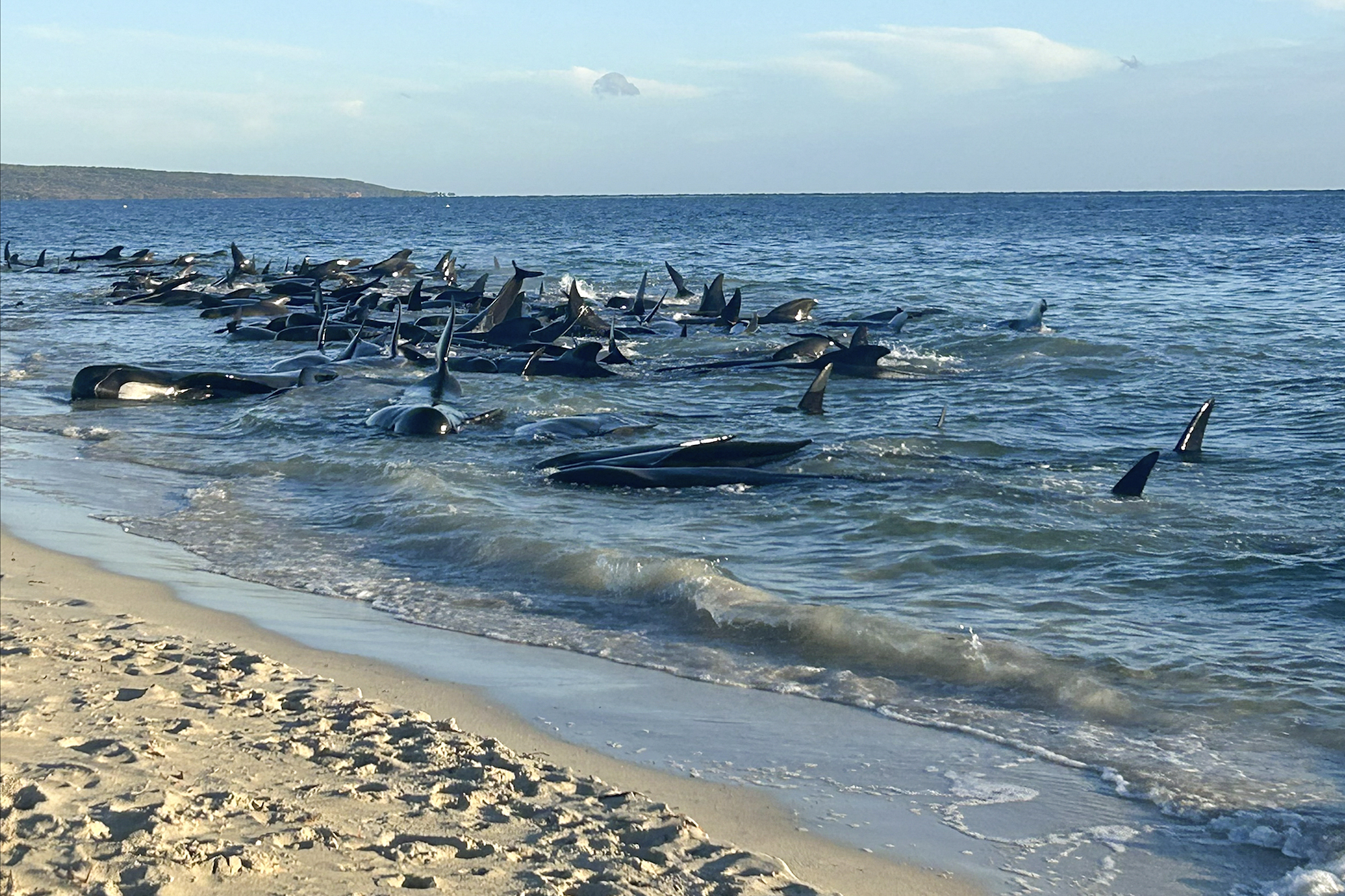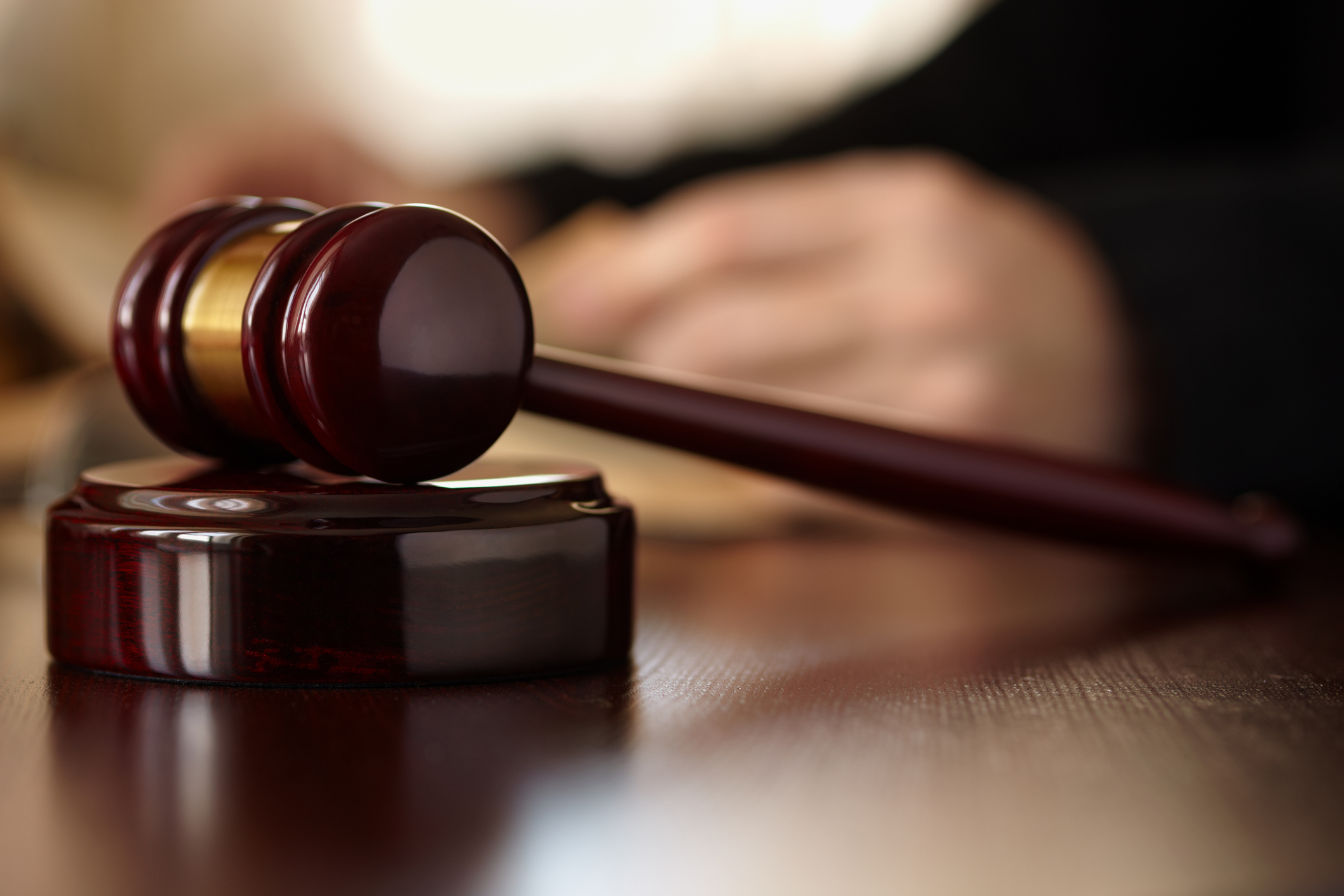Qualifying runs for one of the Olympics' newest sports — slopestyle snowboarding — finished with two Americans notching a secured spot in Saturday's finals.
Jamie Anderson, who saw the second-highest score on the women's side, and Karly Shorr will skip the semi-final round and head directly to Saturday's medal event. They will be joined by Switzerland's Isabel Derungs and Elena Koenz, Australia's Torah Bright, Austria's Anna Gasser, Canada's Spencer O'Brien and Finland's Enni Rukajarvi.
All the other women will advance to a semi-final round and compete for four additional positions in the finals.
On the men's side, Canadian Max Parrot cruised to the front of the men's pack, posting a score of 97.50 and stamping himself as a gold medal favorite. He firmly secured his position at Saturday's finals along with seven other athletes, though none from the U.S.
American Charles Guldemond just missed the cut. He and 20 other competitors who failed to notch the top positions Thursday morning will battle for four additional final spots in a semi-final round.
American star Shaun White was supposed to compete in the event, but withdrew Wednesday to focus solely on winning his third straight gold in halfpipe. He also cited concern's about the course's safety as a reason for his change of heart.
The two-time halfpipe gold medalist jammed his wrist in practice on Tuesday and decided he didn't want to jeopardize his chance at becoming the first American male to win gold in three consecutive Winter Games.
U.S. & World
Yet qualifying featured nothing but the typical spills that come with flinging yourself down a series of rails and daredevil-inviting jumps that looks like a mixture of skateboarding and gymnastics.
Canadian Mark McMorris, considered a gold medal favorite even before White pulled out, slammed into the snow during his first qualifying run, a jolt that did little to help the fractured rib he sustained at X Games last month. McMorris - dubbed "McRib" after his injury - responded with a smooth 89.25 on his next trip, but now will need to navigate semi-finals if he wants a shot at reaching the podium.
White's decision to not even compete, earned him an unusual amount of criticism for one of the greatest snowboarders in history.
Canadian Sebastian Toutant called White out on Twitter after his withdrawal, claiming White's real motivation was the realization he couldn't win. The tweet was later deleted, but Toutant stood behind his stance on Thursday that the course wasn't too dangerous for the best riders in the world.
"Slopestyle is an extreme sport," said Toutant, who earned a spot in the finals. "If you come here and think there's no risk, go do something else."
White did, though not early enough for the U.S. to consider finding a potential replacement athlete. That's what irked American Charles Guldemond, who felt all along White would find a way out of slopestyle.
"I was a little bummed," Guldemond said. "There was a lot of guys I trained really hard with sitting in that fifth spot and it's pretty unfortunate that they missed their opportunity to come to the Games, so that was a pretty big blow."
Guldemond, like most of his competitors, called the minor furor over course conditions overblown.
Though hardly perfect when practice began on Monday, Guldemond pointed out that's not much different than any other competition, adding he thinks it's the second-best course in the world behind the ones the X Games uses in Aspen, Colo.
"Everything we've done here is completely normal," he added.
Maybe, but for a sport being introduced on the world stage for the first time, White's presence would have been another step toward mainstream relevance. Instead his concerns were magnified under the unique prism the Olympics provide. The notion the Russians had built a course the world's best couldn't handle is misguided.
"It was never too dangerous," Sandbech said. "It was just not perfect. And you'd expect four years of planning an Olympic slopestyle course to be perfect the first day."



